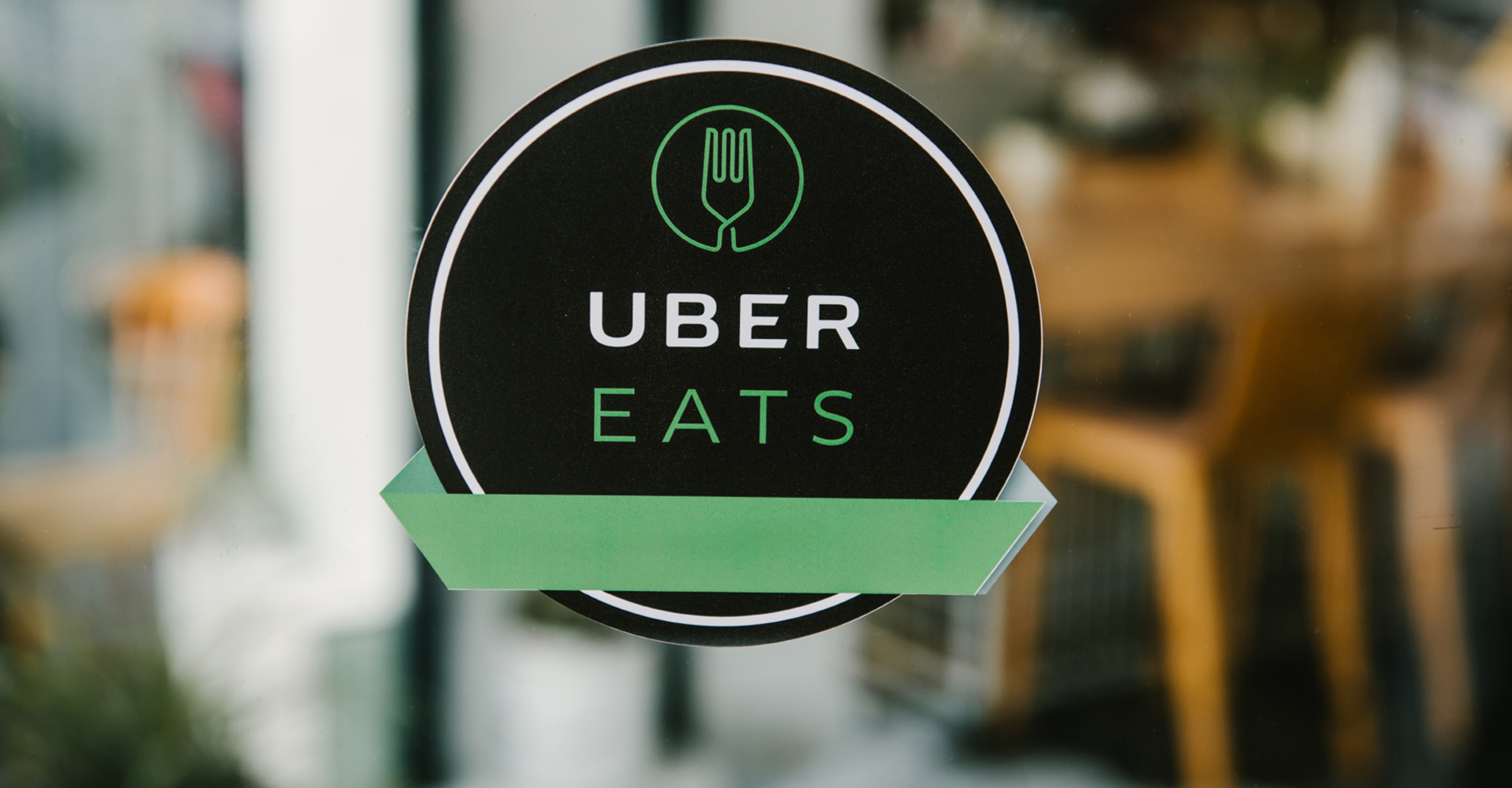Uber Eats is a powerful, driving force in today’s food delivery market. Food delivery today is a competitive space, with Amazon, DoorDash, and many other large players in the game trying to secure a place in the market. Since its introduction, Uber Eats has maintained a competitive and innovative business model that has upset the food delivery market. At the same time, restaurants that have partnered with Uber Eats have experienced significant growth, while also gaining access to the substantial logistical capabilities and data collection that Uber Eats offers.
For brand marketers, gaining access to Uber Eats has proven to be difficult in some cases. One of the most significant hurdles that brand marketers face is the selection process that restaurants and food trucks face when applying for partnership with Uber Eats. Understanding the unique challenges of gaining entrance to Uber Eats requires a better understanding of how Uber Eats operates.
Uber Eats was started in late 2014 as an attempt by the ride-sharing company Uber to venture into the food delivery market. The transition between the two was relatively simple on paper, as they already possessed a large pool of drivers. Uber’s strong presence in urban markets made the transition even more appealing, as an urban food delivery system would be able to more seamlessly deliver food quickly. Uber Eats began small, at first offering limited menu options in a few cities. The potential within the market was quickly evident. Uber Eats capitalized on its early momentum, expanding their presence into a standalone app and different user experience in 2016. The current version of Uber Eats has been fleshed out and polished, offering potential customers high resolution photographs of menu options, a competitive pricing model, and delivery times of 30 minutes or less.
In addition to creating a more appealing shopping experience, Uber Eats also began working more closely with the restaurants they partnered with. Uber Eats works with the restaurants to maximize their potential growth through the use of a food delivery service. This is a comprehensive and ongoing process, whereby menu items are designed to be more delivery friendly, and process improvement is applied to each aspect of food preparation in order to drive down cooking times, ensuring accurate and speedy delivery times. In addition to this, Uber Eats gives restaurant owners access to their own portal that contains Uber Eats’ analytics software, which collects and presents data about every aspect of their food delivery operations. This data can then be used to generate insights for avenues of continued growth.
In order to maintain dominance in the market, Uber Eats has pursued a path of exclusivity in their offerings. Rather than simply working with any restaurant, Uber Eats has instead approached their partnerships with restaurants as an investment in an ongoing revenue stream. This incentivizes Uber Eats to partner with restaurants that are capable of adapting to working with a food delivery service that prioritizes efficiency while requiring consistently high quality.
While Uber Eats has maintained a relatively exclusive approach to food delivery, brand marketers can still capitalize on their explosive growth. Uber Eats is regularly expanding into new cities, creating ongoing opportunities for brand marketers to gain entrance to Uber Eats. At the same time, the challenges inherent in the structure of Uber Eats remain. Uber Eats has proven to prioritize local favorites and restaurants and food trucks that provide a fast, affordable, and popular product. The advantages of gaining entrance, however, far outweigh the hurdles of the application process for many. The massive logistics capabilities of Uber Eats allow partner businesses to create a new, and potentially very lucrative, revenue stream. The data gathering capabilities of the Uber Eats app gives partner businesses valuable insights into areas where they can pursue process improvement, drive higher efficiency, and lower operating costs. In addition, Uber Eats allows partner businesses to tap into a different consumer base from their walk-in customers. This, along with their presence on the app, gives partner businesses an advantage over competitors through enhanced exposure to a wider swath of potential customers. Ultimately, the decision to partner with Uber Eats can be an intelligent strategy for some brand marketers that are looking to tap into an exclusive and expanding market.

